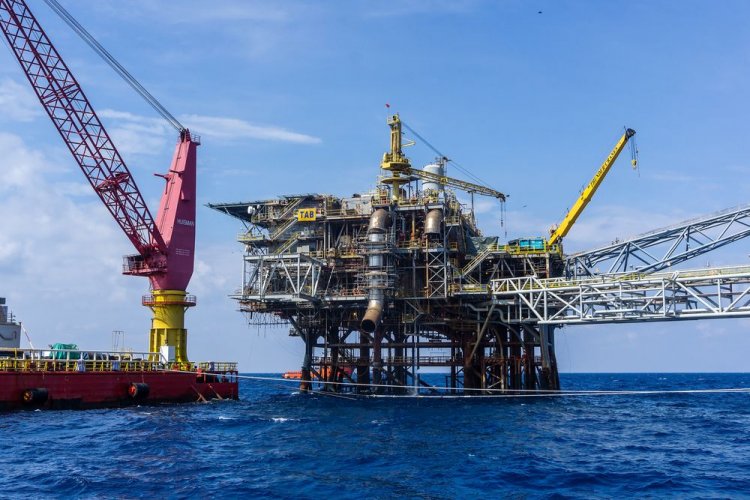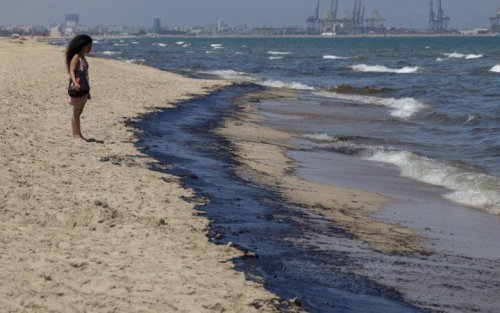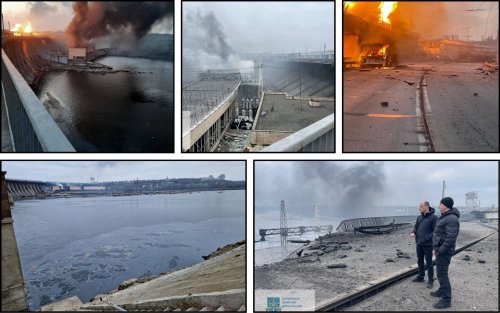Most oil sands producers in Canada have not made significant progress toward their goal of decarbonizing the sector, despite historically high profits and low capital expenditures, researchers at the Pembina Institute said.
The 8 largest oil sands companies from the industry group Pathways Alliance have committed to reduce emissions by 22 million tons by 2030 and achieve zero emissions by 2050, reports Lethbridge News Now.
Pathways Alliance brings together 95% of oil sands producers in Canada, including companies such as Suncor, Cenovus, Conoco Phillips, Canadian Natural Resources, Imperial Oil and MEG Energy.
Kendall Dilling, president of the Pathways Alliance, said the alliance recognizes that it has an important role to play in helping Canada meet its climate goals.
"The Pembina Institute's expectation that Pathways Alliance companies will make final investment decisions on these multibillion-dollar projects before governments complete the regulatory framework to support them is unrealistic," he said.
Ian Gorski, director of the Pembina Institute's oil and gas program, explained that the Alberta government has implemented or is implementing several initiatives, including an input investment tax credit, the completion of clean fuel regulations, a carbon pricing system and limits on oil sands emissions.
However, the report's authors want to see more detailed plans for carbon capture projects and what investments in such projects will help reduce emissions.
“Canada's oil and gas sector is estimated to generate revenues of $152 billion in 2022. However, the profit boom has not been invested in decarbonisation efforts or significant job expansion in the sector. Instead of environmental initiatives, the report says that Pathway Alliance companies invest in share buybacks and dividend payments," the report said.
As EcoPolitic previously reported, a study by the independent analytical center InfluenceMap showed that the 5 largest oil and gas companies exaggerate their environmental contributions in public announcements and continue to direct the majority of investments in oil and gas projects.





